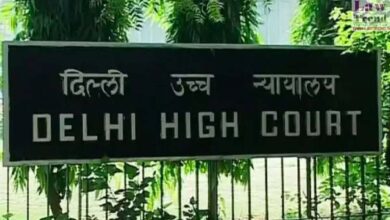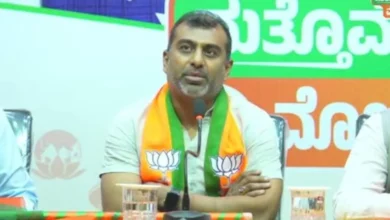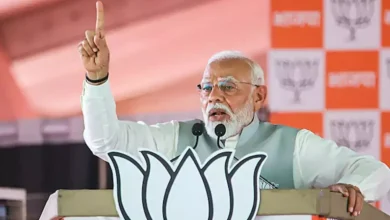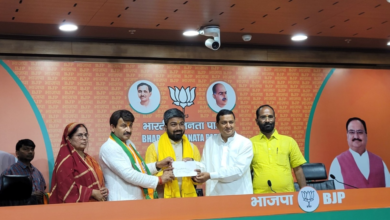PM Modi’s popularity dips further; BJP will fall short of majority if elections are held today
PM Modi's popularity rating as the preferred PM choice dips, despite this anti-incumbency Rahul Gandhi is not able to gain popularity, the opposition is in tatters.
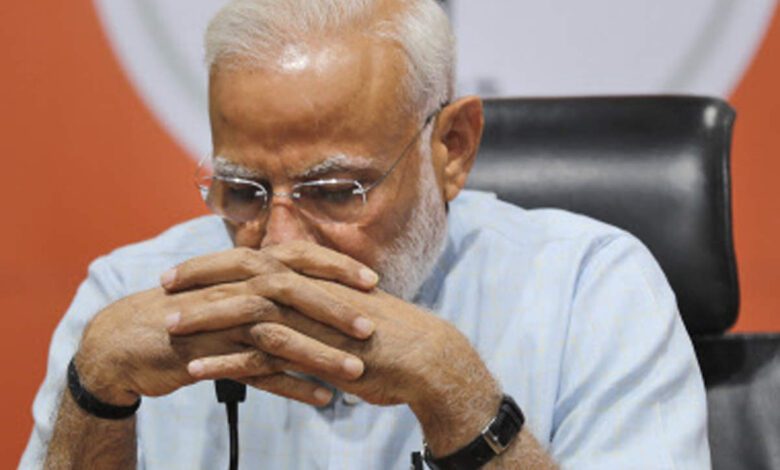
PM Modi’s popularity ratings as the preferred PM choice has nose dived to just 24% from the highs of 66% of last year; unchecked inflation, pandemic handling & unemployment contributing to this anti-incumbency according to an India Today poll.
Opposition is still in tatters and is not able to gain from this anti-incumbency with Rahul Gandhi having a PM choice popularity of just 10%. Noticeably UP CM Yogi Adityanath is the second most popular leader as PM choice from BJP with a rating of 11%, he had a rating of just 3% last year. Amit Shah has a popularity rating of 7 %.
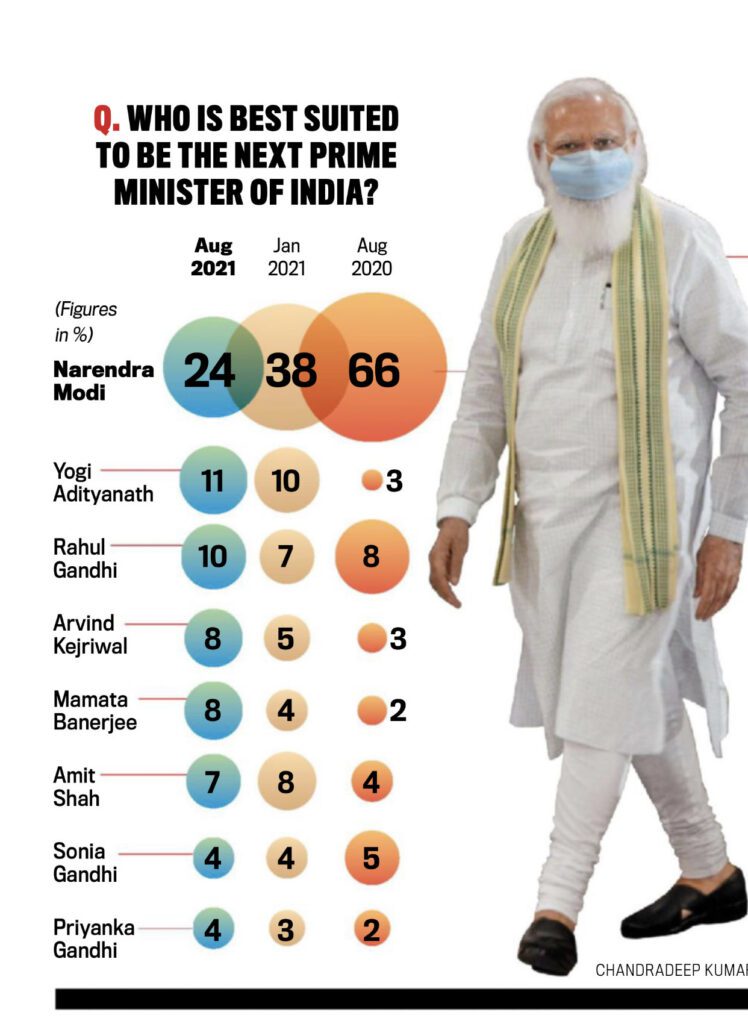
Most people were happy with the government’s handling of the pandemic in the first wave, but the second wave handling gets a big thumbs down from the electorate. The rise in fuel prices particularly that of fuel is contributing to this anti-incumbency the most along with unemployment.
Most people believe that the economy is not going to improve in the coming 6 months and their salary too will not see much improvement. The economic rating for PM Modi which has been over 50% all through his tenure has fallen below it for the first time.
Despite this anger, BJP is going to win elections if it was held today as Congress has failed to capitalize on this sentiment. Most people believe the work of Congress as an opposition party is poor & it needs to get rid of the Gandhi family.
If elections are held today BJP will fall short of a simple majority getting 268 seats but the NDA as a whole will get 298 seats. UPA is getting 105 seats while other opposition parties combined to get 140 seats.
This year, the India Today poll was conducted between July 10 and July 22 with 14,599 participants. As many as 71% of the respondents were from rural areas and 29% from the urban sector. The analysis covered residents of 19 states, 115 parliamentary and 230 Assembly seats.
